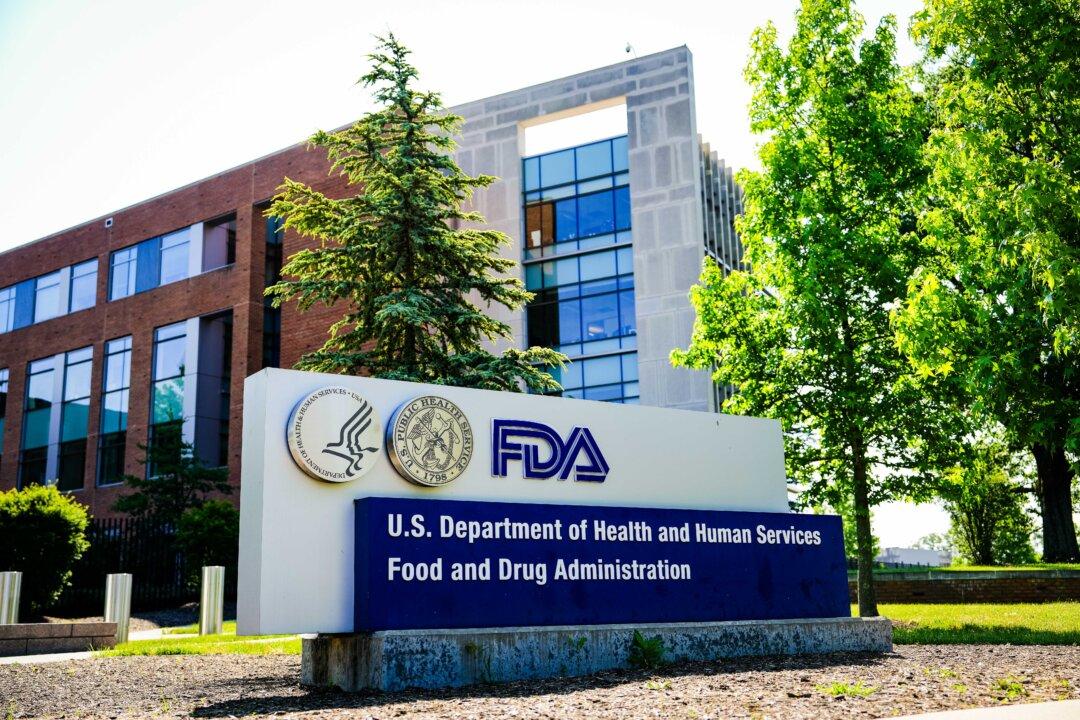The U.S. Food and Drug Administration (FDA) announced the recall of two fish fillet products after the items were found to contain soy that was not declared on the ingredient labels.
Tampa Bay Fisheries Inc. is voluntarily recalling two products sold under the “365 Whole Foods Market” brand, according to a Dec. 23 FDA recall notice. “The product contains soy which is not declared on the product label. People who have an allergy or severe sensitivity to soy run the risk of serious or life-threatening allergic reaction if they consume this product. No illnesses have been reported to date,” the agency stated.





